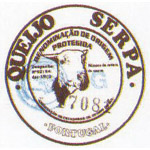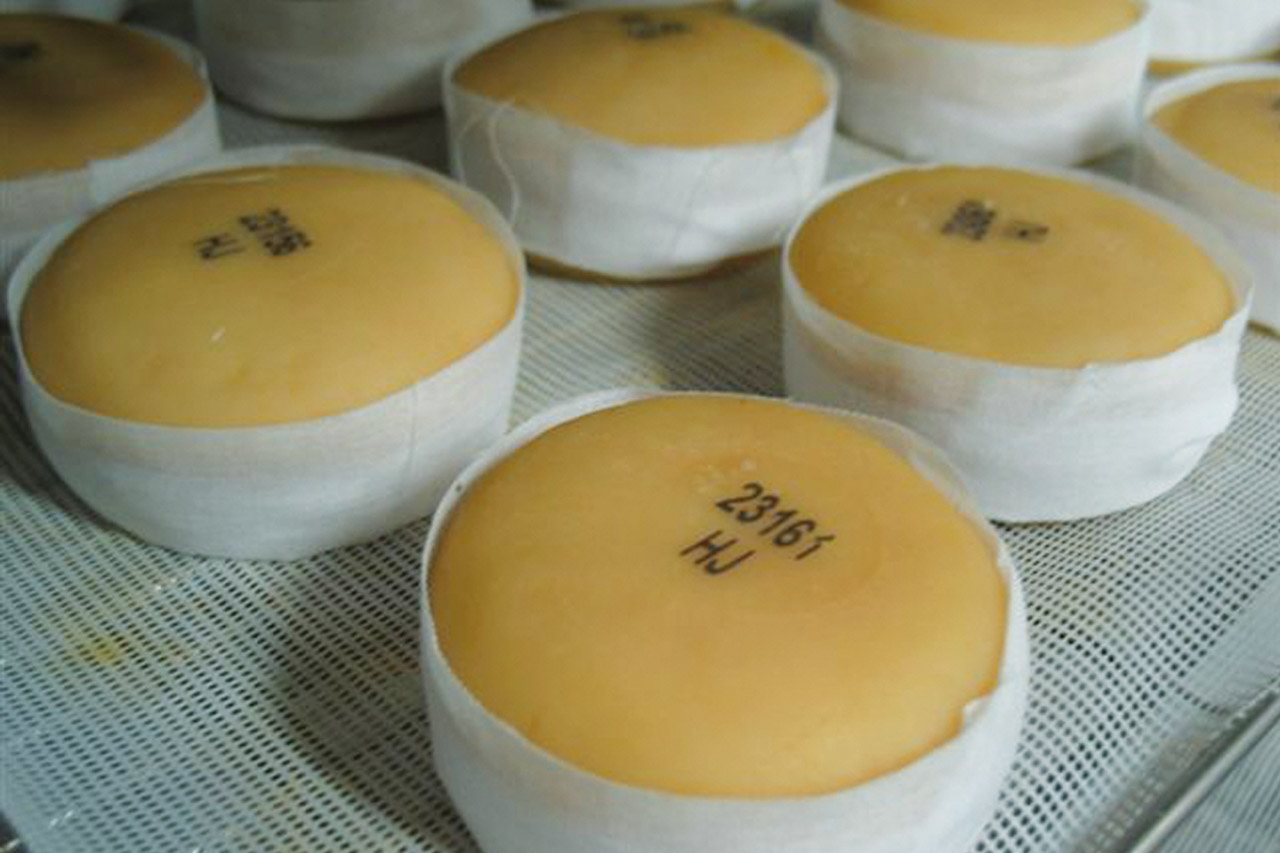Description
The Queijo Serpa PDO is a semi-soft mature cheesesimilar to Pecorino. It is made from sheep's milk mostly from the Lacaune breed which replaced the local Merino breed because it produces more milk, is easier to keep and is reared in a semi-wild state.
Production Area
Queijo Serpa PDO cheese is made in the municipal areas of Mértola, Beja, Castro Verde, Almodôvar, Cuba, Ourique, Moura, Serpa, Vidigueira, Aljustrel, Ferreira do Alentejo, Alvito, Santiago do Cacém, Grândola and Alcácer do Sal, in the districts of Beja and Setúbal.
Production Method
The ewes are milked twice a day and the milk is heated to approximately 30°C to 33°C. It is then passed through a muslin cloth which is heaped with sea salt. This method of salting is particular to this kind of cheese only. The milk is coagulated with an infusion of Cynara cardunculus for between 40 minutes and 90 minutes, depending on the individual cheese maker. The curd is broken down into granules about the size of a grain of rice. It is drained and placed in the moulds, which vary in both shape and size. The moulds are then wrapped delicately in a fine gauze cloth to hold the cheese in place and prevent the rind from cracking. The cheese is aged at a controlled temperature of between 6°C and 12°C for a period of 30 days.
Appearance and Flavour
Queijo Serpa PDO cheese has a low, cylindrical shape, rounded on the sides and without well-defined borders. It is made in a variety of sizes, from 10 cm to 30 cm in diameter and from 3 cm to 8 cm thick. The rind is malleable, slightly wrinkled, thin and straw coloured. The cheese is semi-soft, with barely any air bubbles and has a yellowish white colour. It has a strong flavour, often spicy.
History
Queijo Serpa PDO is the most famous traditional cheese of the Alentejo region. Its strong aroma and spicy flavour has become a fundamental part of the cultural patrimony of the inhabitants of Baixo Alentejo. Cheese making in this area has ancient origins. The methods used, even though originating from the Serra de Estrela, have evolved and been adapted to the natural resources and the climate of the Alentejo region. The first written reference to this cheese dates back to 1905 in a document written by Joaquim Rasteiro for the Congresso de Leitaria.
Gastronomy
Queijo Serpa PDO cheese must be stored at a temperature of between 0°C and 10°C. It is a very popular cheese, perfect to be eaten in any situation, as a starter, a snack or with an aperitif, especially with fresh crusty bread and a glass of good wine. It is also used in local recipes such as oven roast pork chops served with Queijo Serpa PDO and raw ham.
Marketing
Queijo Serpa PDO is sold in four different categories dependent on weight and size: Queijo Serpa PDO Merendeira (weighing between 200 gr and 250 gr), Cunca (weighing between 800 gr and 900 gr), Normal (weighing between 1,000 gr and 1,500 gr), Gigante (weighing between 2,000 gr and 2,500 gr). It is either sold whole or wrapped in film clearly labelled, bearing a seal of guarantee and its PDO certification.
Distinctive Features
Cynara cardunculus, one of the thistle species, grows wild in the Alentejo region and is used in the production of Queijo Serpa PDO. It is gathered at the end of spring and is used from the end of October. The petals are dried in the shade and then they are crushed and soaked in water for a day. This infusion is filtered and used as a coagulant.






